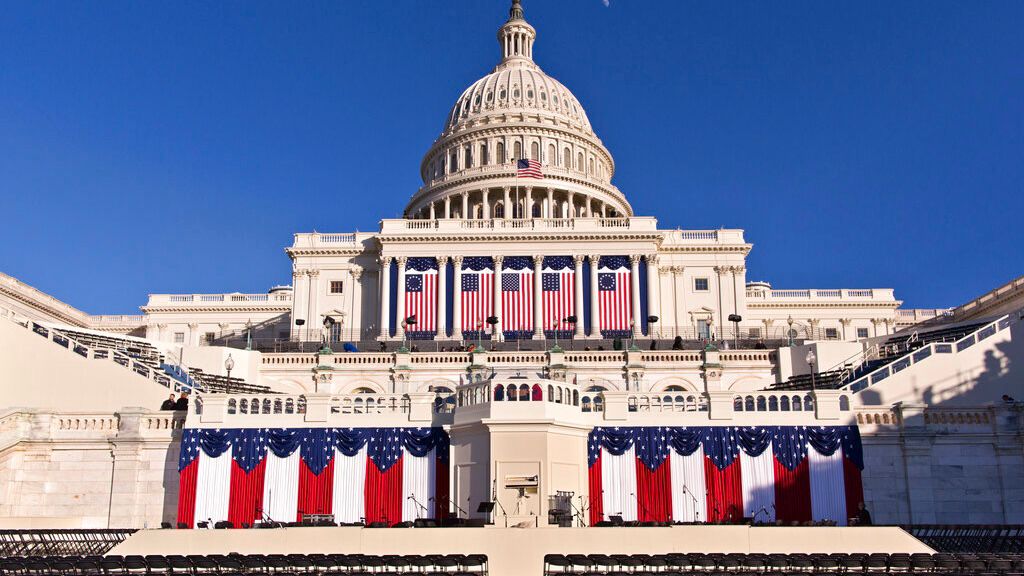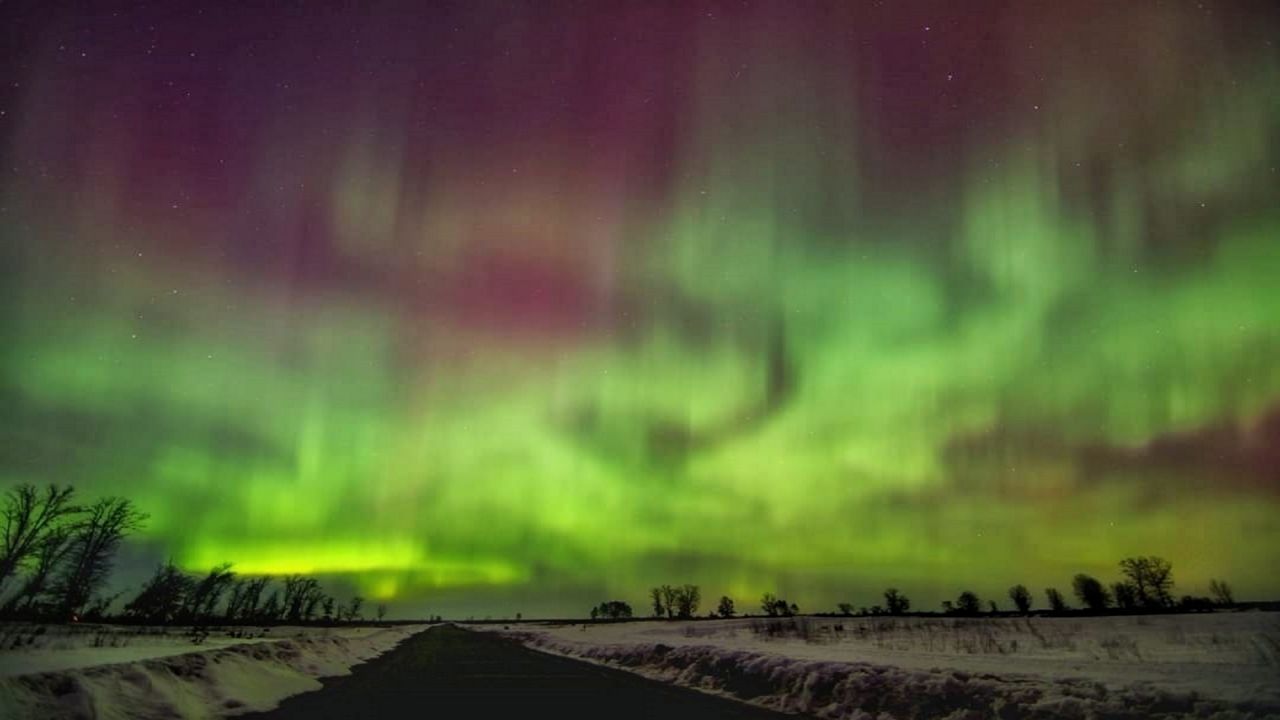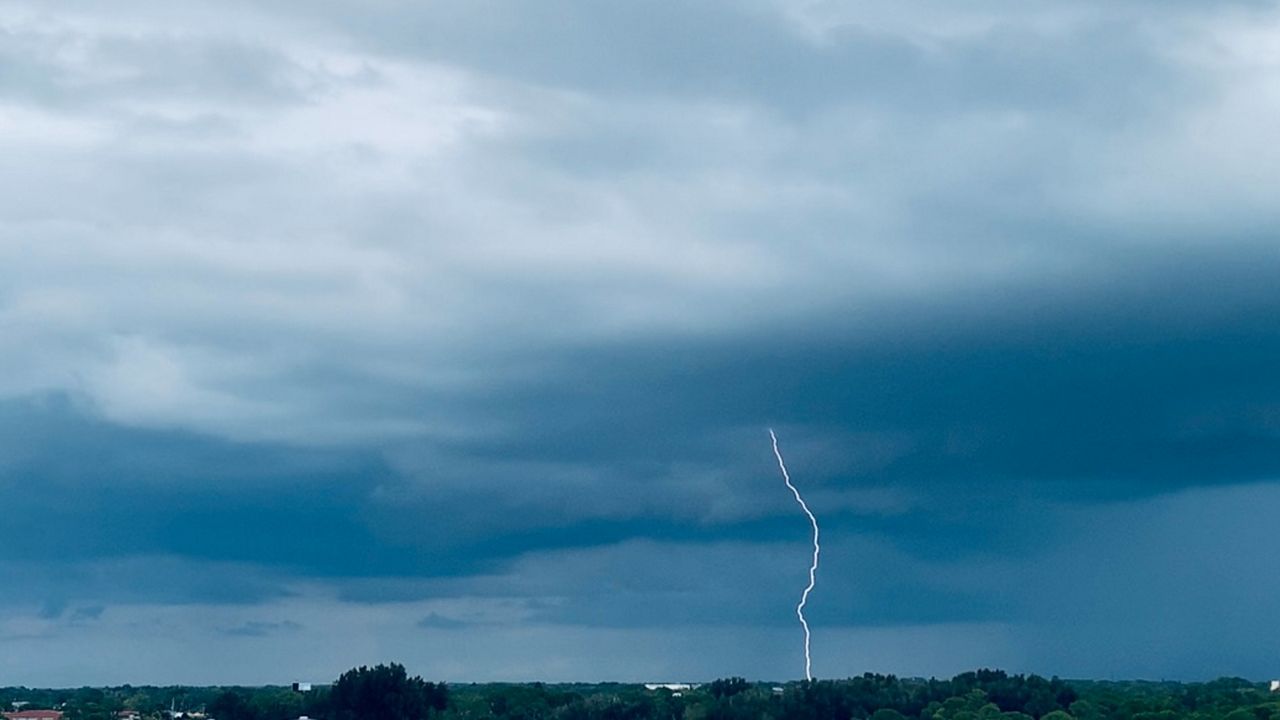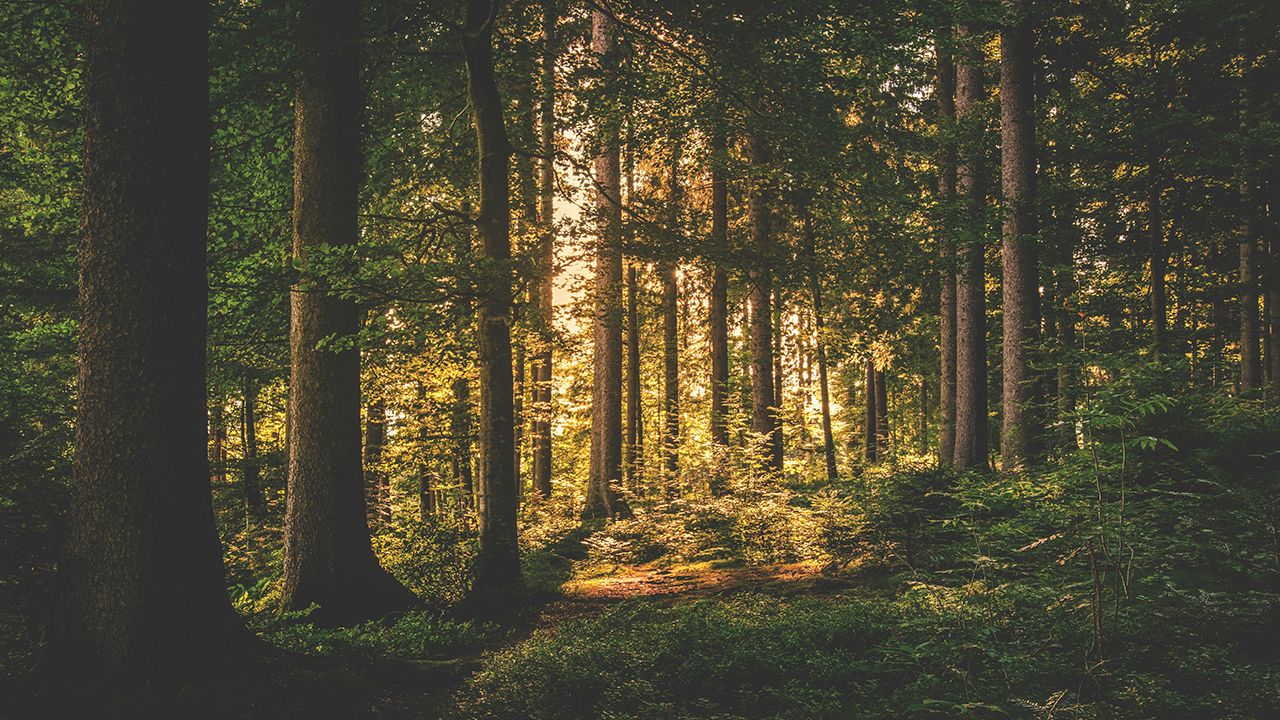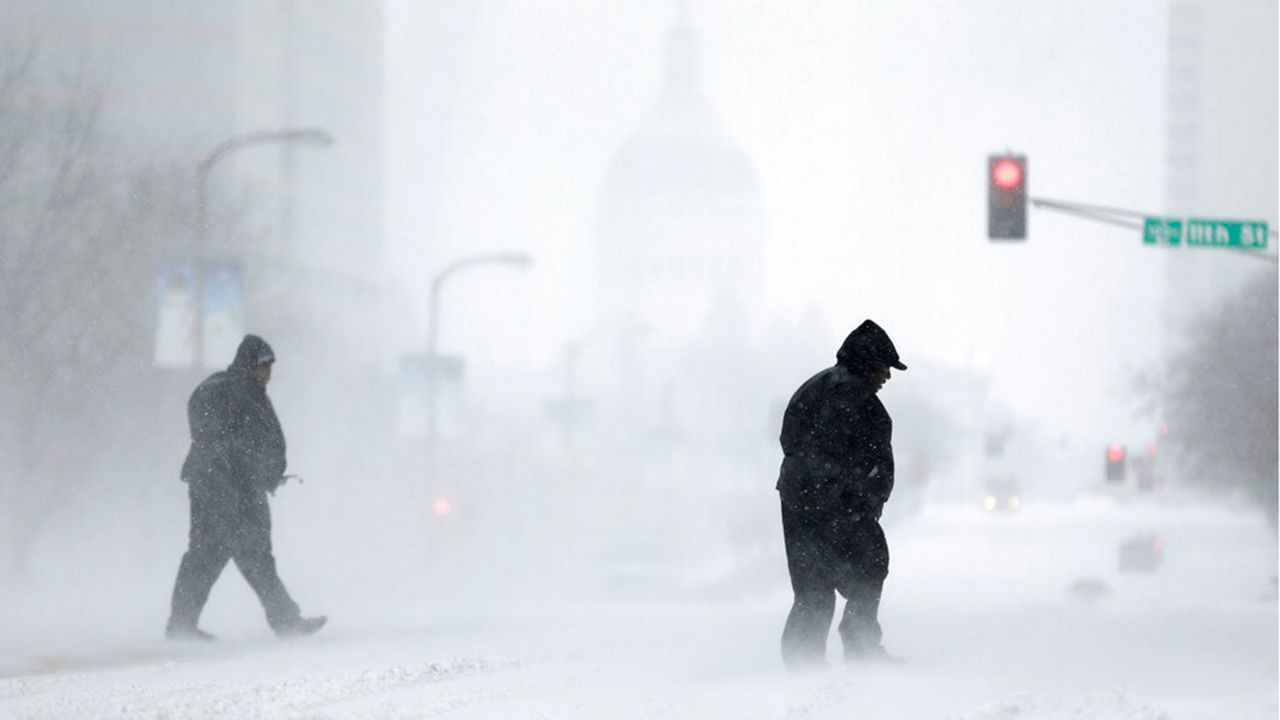Inauguration Day 2025 is shaping up to be a cold one in our nation’s capital. However, more notable weather has occurred, as we swear in our nation’s leaders.
While the presidential inauguration dates back to 1789, official weather records for Washington, D.C. go as far back as Ulysses S. Grant’s second inauguration in 1873. That still gives us weather information for 38 inaugurations.
The inauguration also used to happen on March 4, but changed to January 20 in 1937, with the second inauguration of Franklin D. Roosevelt.
Snow isn’t usually a big concern, for the most part. Six inaugurations had measurable snow, and the last one was in 2001. Measurable precipitation in general - snow or rain - has happened on 15 of the 38 inaugurations since 1873. Just a trace of rain was measured on Inauguration Day for Joe Biden in 2021.
Five inaugurals had a high of 32 degrees or colder, while 10 had a high of 50 degrees or warmer. It’s worth noting that four of those mild ones happened since the inauguration date changed to January 20.
Since weather is an important part of daily life, there are unofficial weather records for earlier inaugurations, as compiled by the National Weather Service toward the bottom of this page.
Inauguration weather records
)
One of the earliest and most tragic instances of inaugural weather is the swearing in of William Henry Harrison. It was a cold and blustery day, with the new president giving a 100 minute address, and riding a horse without a hat or overcoat. While history can’t confirm the cause, this may have contributed to the shortest presidency on record.
In a story just as tragic, President Franklin Pierce was also sworn in on a wintry day, with continual snow for most of the day. It came down so heavily that the crowd gathered for the festivities dispersed. Abigail Fillmore, first lady to the outgoing president Millard Fillmore, caught a cold because of the weather. This developed into pneumonia and she died at the end of March.
John F. Kennedy’s inauguration day in 1961 was a cold one, but that wasn’t the only issue. A snowstorm blanketed the nation’s capital with eight inches of snow the day before through the morning of.
The snowy weather for William Howard Taft’s inauguration in 1909 forced the event to be moved to the Senate chambers of the U.S. Capitol, rather than the usual spot on the East Portico.
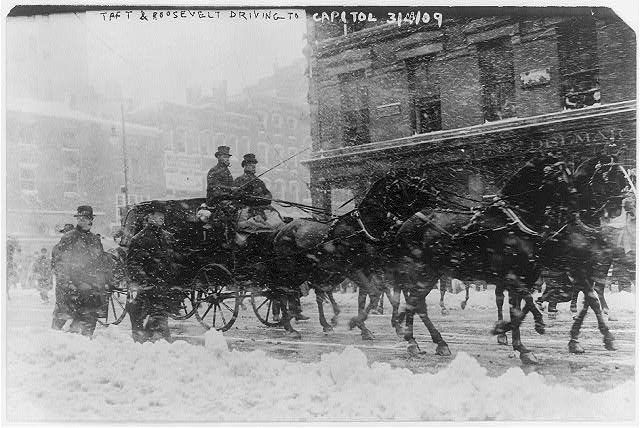
It wasn’t snow, but a washout that put a damper on FDR’s second inauguration. Sleet and freezing rain was recorded in the morning, switching to all rain in the afternoon. The president rode in an open car with a half-inch of water on the floorboards. During the inaugural parade, the rain continued, contributing to the wettest inauguration on record.
While a historic weather day isn't in the cards for this year, colder-than-average temperatures are expected with the possibility of some light snow in the pre-dawn hours of Monday. Temperatures will only be in the 20s during the afternoon.
President-elect Donald Trump will take the oath of office from inside the Capitol Rotunda on Monday due to forecasts of intense cold weather.
Our team of meteorologists dives deep into the science of weather and breaks down timely weather data and information. To view more weather and climate stories, check out our weather blogs section.




